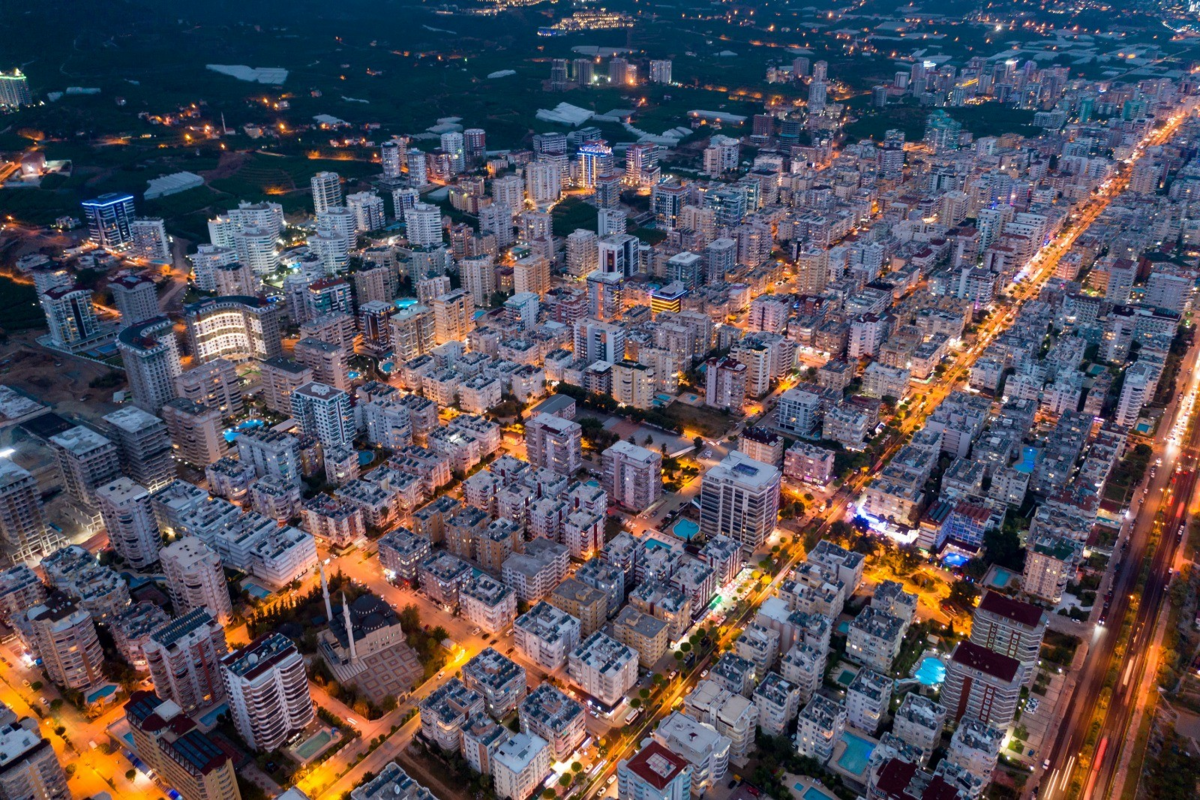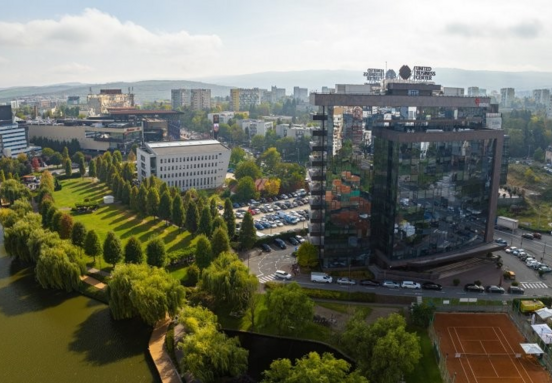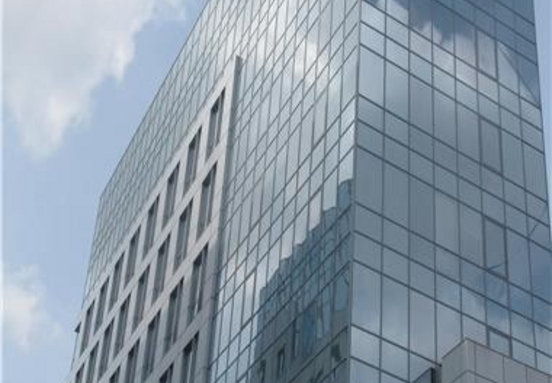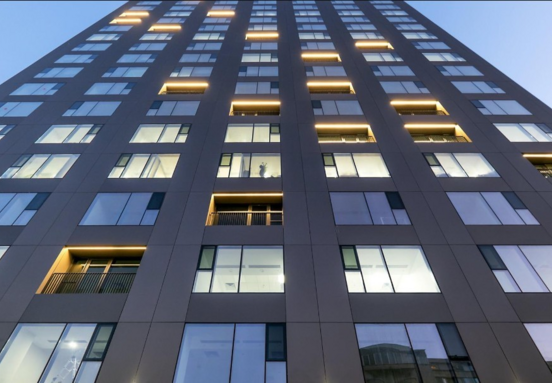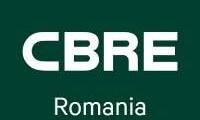In the first half of 2025, Romania’s real estate market demonstrated resilience and dynamism, maintaining its attractiveness in the face of a complex local and regional context. The total investment volume reached EUR 390 million, a slight decrease compared to the same period last year, but indicating a steady and robust pace, supported by active regional capital and an increasingly diverse range of financing sources.
Local investors have been increasingly active, identifying opportunities mainly in the retail sector, but also in the office and hotel segments. CBRE anticipates that investment activity will continue at a similar pace throughout 2025, supported by positive structural factors, increased liquidity, and attractive yields compared to the regional average.
“2025 marks a crucial moment for Romania’s political and economic trajectory. Recent fiscal reforms are part of a broader strategy aimed at fiscal stability, increasing Romania’s credibility, and facilitating the absorption of EU funds. These measures, although challenging in the short term, lay the groundwork for sustainable growth and profitable real estate investments in the medium and long term. Romanian investors, accounting for a quarter of the total investment volume, are reaffirming their confidence in the market and in Romania’s economic fundamentals through their acquisitions,” said Laura Dumea-Bencze, Head of Research & Director Investment Properties, CBRE Romania.
Although the hotel sector did not have a significant share in the investment volumes of H1 2025, accounting for only 3% of the total, market indicators suggest a growing interest in this segment. The increase in the number of foreign tourists (+9% YoY), the expansion of flight routes (including the opening of Brașov airport), higher air traffic, and the positive evolution in the number of overnight stays confirm this trend. This development is also backed by figures: the total number of overnight stays in hotel and apart-hotel accommodations once again exceeded 20 million in 2024 — levels not seen since before 2020.
“Taken together, these indicators reveal a tourism market clearly in the process of recovery and maturing. We see a healthy correlation between the growth in air traffic, the increasing number of hotel nights — particularly from foreign tourists — and the gradual expansion of the hotel offering operated under international brands. All of this suggests that Romania, especially Bucharest, is gaining more and more ground as a competitive destination in the Central and Eastern European hospitality market,” said Iulia Szabo, Consultant Investment Properties & Hotels, CBRE Romania.
In Bucharest alone, over 3.3 million overnight stays in hotels and apart-hotels were recorded in 2024, an 8% YoY increase compared to 2023, making the capital the main driver of growth in the hotel industry. These favorable factors form solid market fundamentals that indicate a possible increase in investment interest in the hotel sector in the second half of 2025 as well as in 2026. Romania’s entry into the Schengen Area and the recovery of international tourism further strengthen this positive trajectory.
